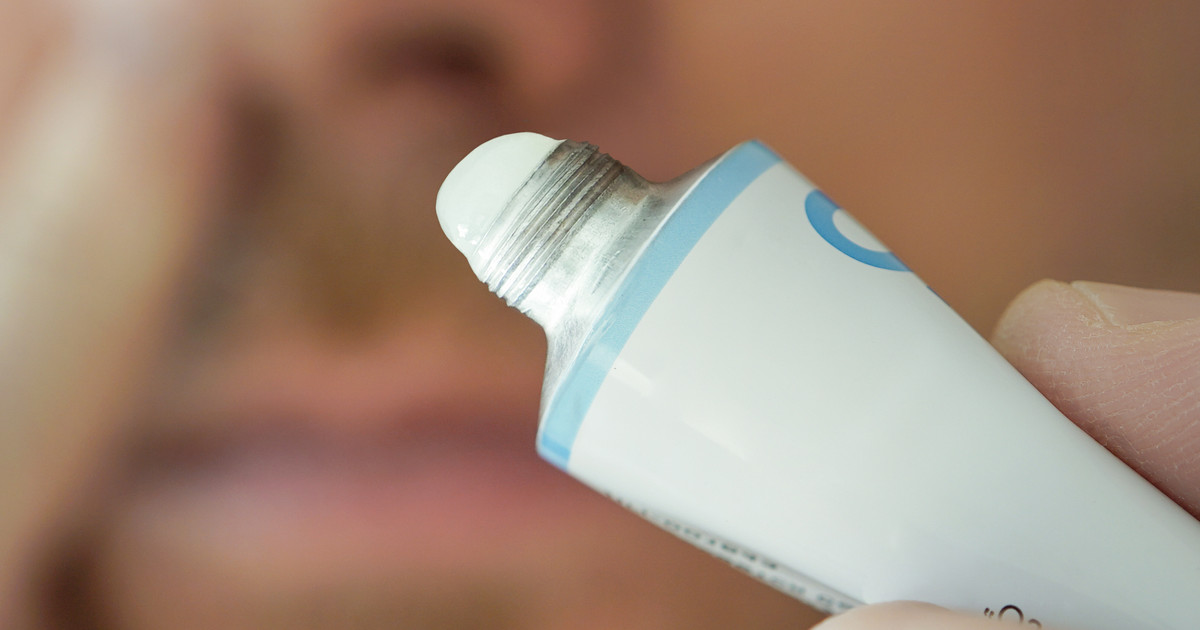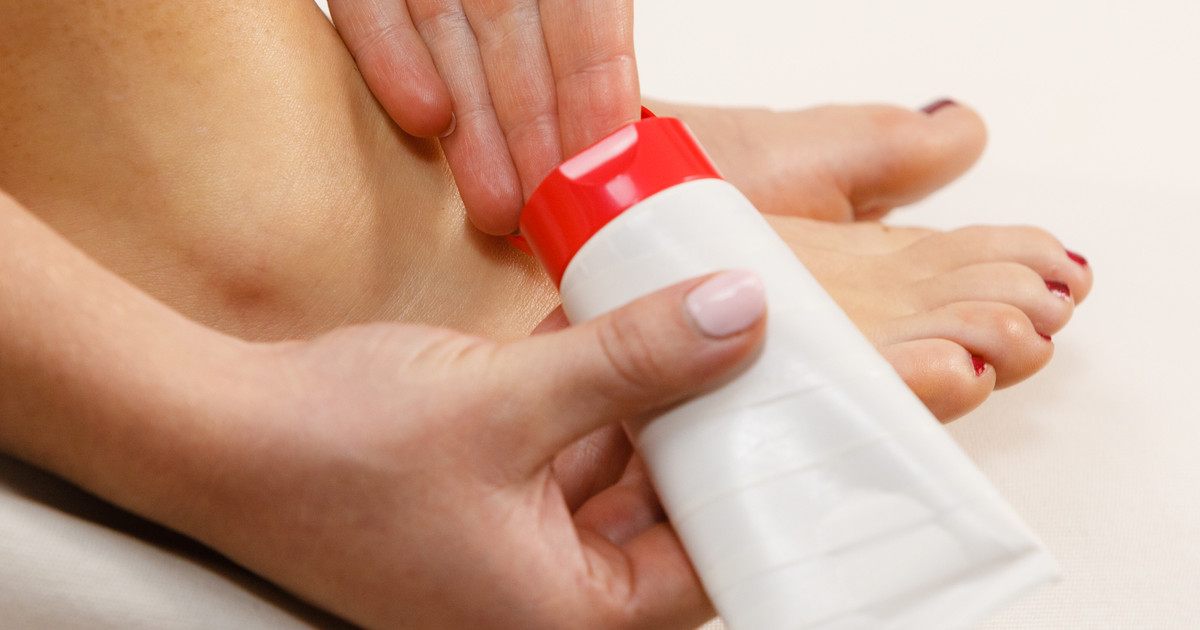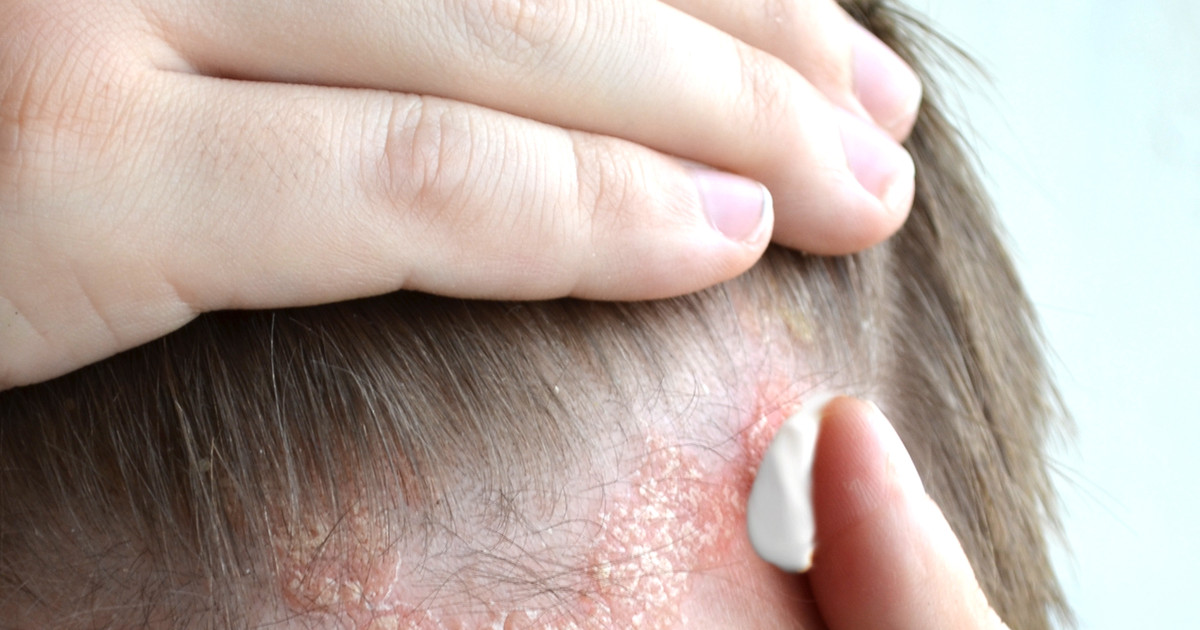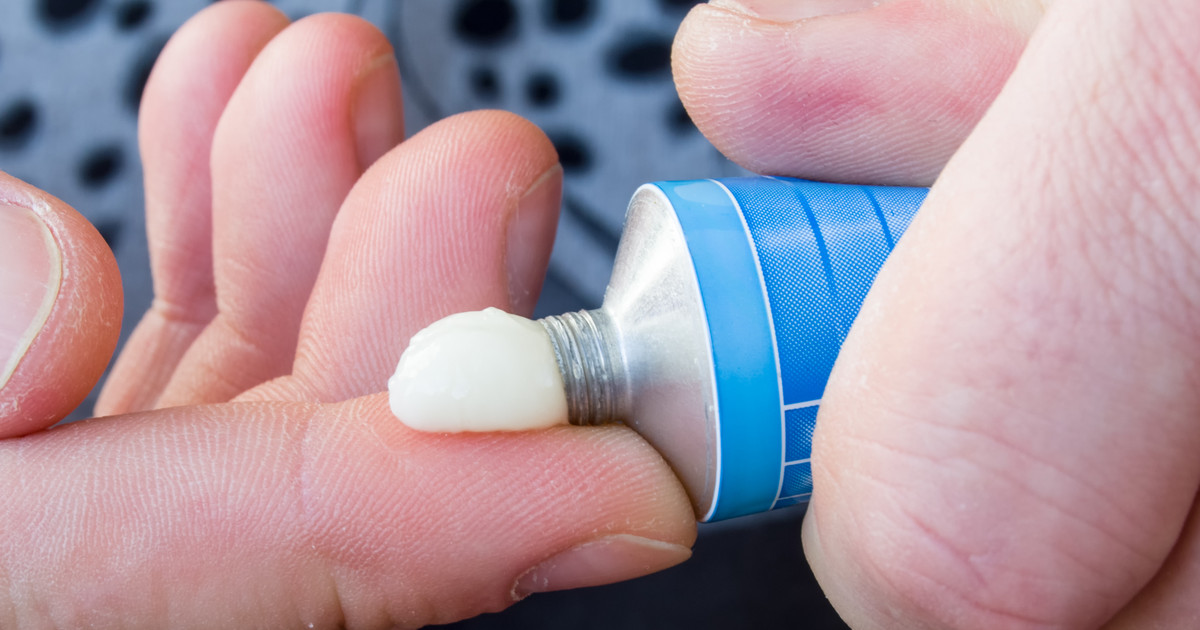What Are Some Common Antifungal Medications?
Antifungal medications may be able to treat many fungal infections. They seem to work by stopping the growth of the fungus or killing it. Most medications in this class seem to be topical ointments. However, oral tablets may be available for certain infections. Individuals considering these medications, though, may need some precautions. This may include reviewing their medical history and medication list. Their doctor should use this information to help patients avoid complications and medication interactions. It seems that treatment with antifungals lasts between two to four weeks. Sometimes patients may need to try several of them to see some benefits.
Antifungal medicine may be offered as an oral prescription for yeast infections. Some patients may take antifungal medicines for ringworm and athlete's foot as well. It also appears to be a common dandruff treatment, often as a prescription dandruff shampoo. Unfortunately, to have the best antifungal medicine, patients seem to need significant knowledge about all of their options first.
Clotrimazole

Clotrimazole seems to help treat fungal skin infections. Examples appear to be athlete's foot and ringworm. Pityriasis patients may take this antifungal too. Individuals seem to use the topical form of it the most. In these cases, they may apply the ointment twice daily with no bandage. Washing their hands after application appears to be recommended. Persistent infections may need additional help from a doctor. Lasting longer than four weeks seems to be the requirement for this. Some individuals may choose to take the oral form of this medication. It should help with mouth or throat yeast infections. Patients may take up to five tablets daily. They seem to need to let each tablet dissolve fully at a time. This should happen in thirty minutes.
However, side effects may occur with this medication. The common ones may include vomiting, itching, nausea, and mouth discomfort. An upset stomach seems to be common as well. Patients who see some side effects should consider consulting their doctor.
Learn about another possible antifungal medication now.
Econazole

Econazole appears to be another common antifungal. It also seems to be a common topical choice. Patients may apply it to their skin for athlete's foot and ringworm. However, more fungal infections may benefit. Yeast infections on the skin appear to be treated with this medication too. Tinea versicolor may trigger discolored skin. Patients dealing with this may be able to treat it with this antifungal. The application instructions seem to vary based on the condition being treated. For instance, patients with athlete's foot or ringworm may apply this cream once daily. However, ringworm may only need treatment for two weeks. Athlete's foot may need it for four weeks. Yeast infection patients, however, may need to apply this medication twice a day for two weeks. Tinea versicolor appears to require the same treatment as ringworm.
Unfortunately, this medication can trigger several possible side effects. It seems that patients deal with issues at the application site often. This may include stinging, redness, burning, or itching. Severe instances of these may merit an immediate doctor's call. The foam version of this medication may require additional precautions. This may include storing it away from the sun. It seems that using it away from heat and open flames can be vital too. Of course, patients may want to consider possible interactions too. This can include blood thinners, so they may wish to consult their doctor first.
Discover another antifungal medication that seems common now.
Fluconazole

Fluconazole may be a possible treatment for many fungal infections. It seems to help when these infections involve the blood, bladder, lungs, mouth, throat, or esophagus. This antifungal may be helpful for cancer patients or those with weak immune systems as a prevention option for these infections. Some reports indicate that this medication may assist with a form of meningitis that can appear due to HIV or AIDS. However, doctors may need more information about a patient's medical history first. It seems that a history of liver disease, kidney disease, heart problems, HIV, or AIDS can influence this medication. It may apply to long QT syndrome patients as well.
This medication may also trigger many side effects. The most common of these appear to be diarrhea, nausea, headaches, and stomach pain. Dizziness and taste change may be common too. Patients seem to be at risk of several medication interactions too. This may include ones with cholesterol medication, blood pressure pills, and blood thinners. Thus, they may want to list their medications and try consulting their doctor. Sometimes they can have their doses adjusted. However, medication changes appear to be standard also.
Reveal some details on more potential antifungals now.
Ketoconazole

Ketoconazole may also be a common medication for fungal infection. Similar to others, it seems to treat athlete's foot, pityriasis, and ringworm. This medication appears to help treat seborrhea too. It may be delivered through a cream to the skin and scalp. However, patients may need to take precautions first. Those who are allergic to similar antifungals or sulfites may not be able to use this medication safely. It seems to be unsafe for women who are breastfeeding and asthma patients also. In addition, this medication appears to need clean skin. Applying it to open wounds or irritated skin does not seem to be recommended.
Individuals using this medicine may encounter some side effects. Changes to hair color or texture may happen. Other side effects appear to include thinning hair and dry or itchy skin. Patients may need to call their doctor right away if they deal with any shortness of breath. They may need to do this if they experience pain where they used the medicine too. Some individuals may need to avoid the sun when they use this medication. Avoiding harsh products, such as soaps, may be necessary too.
Get information on another antifungal medication that may be common now.
Terbinafine

Terbinafine seems to be another common antifungal medication. It appears to be a common choice for fungal infections when they affect the nails or hair. This may include both toenails and fingernails. Patients with these infections seem to take this medication as an oral tablet. Children with these infections, if they affect their hair, may take an oral granule.
However, there appear to be many precautions linked to this medicine. Liver disease patients may not be able to take it. This may be because this medication may carry a higher risk of liver damage. This can apply to liver issues beyond liver disease too. Individuals should think about other parts of their medical history too. Patients with a weak immune system or lupus may need to consult their doctor first. Pregnant women may not take it due to safety reasons. This medication can trigger potential side effects also. Some of the common ones seem to be diarrhea, skin rashes, and headaches. Nausea and upset stomach appear to be fairly common too. This antifungal may cause abnormal results in liver function tests. Thus, patients may wish to watch for possible liver issues. These signs may be clay-colored stool, dark urine, appetite loss, and jaundice. Individuals with these symptoms may need to call their doctor.